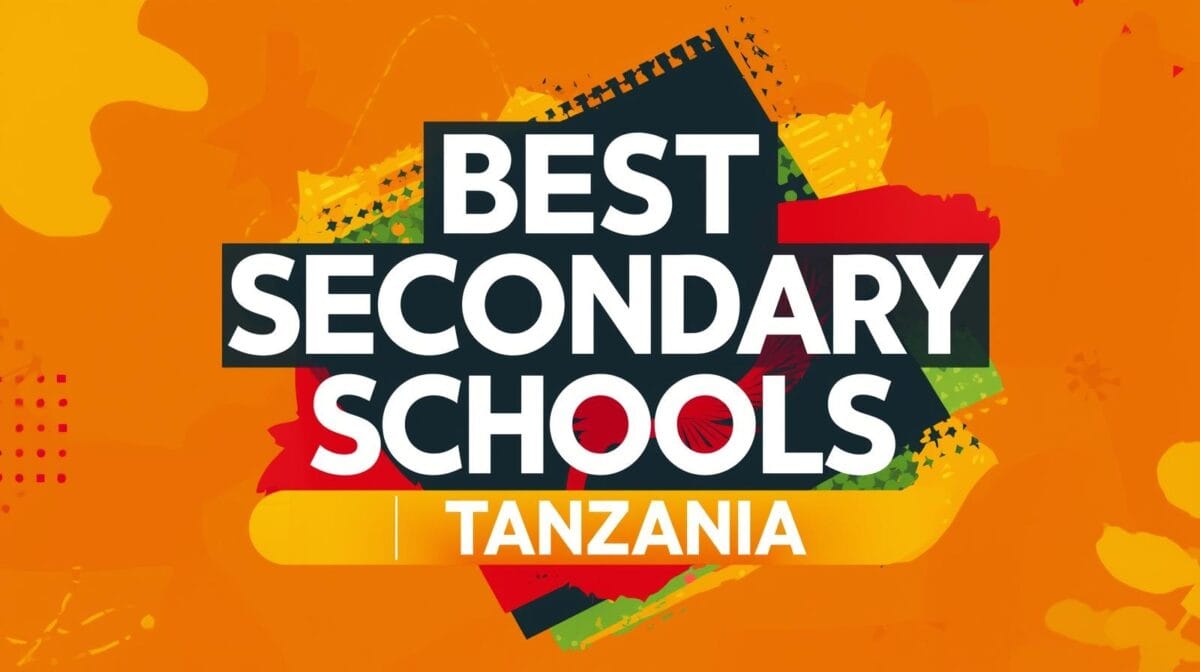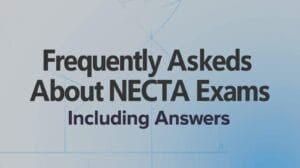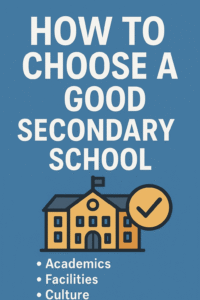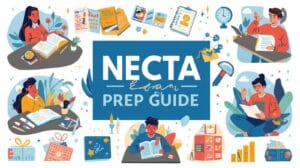Introduction
Choosing the right secondary school in Tanzania is one of the most important decisions for students and parents alike. With education serving as the backbone of success, schools that combine academic excellence with innovation are shaping Tanzania’s future leaders.
Every year, the National Examinations Council of Tanzania (NECTA) ranks schools based on O-Level (Form Four, CSEE) and A-Level (Form Six, ACSEE) results. But beyond grades, today’s best schools also invest in modern facilities, technology, extracurriculars, and holistic learning opportunities.
How Tanzania’s Best Schools Are Ranked
- Academic Excellence: Based on NECTA results—Grade Point Average (GPA), Division I passes, and subject mastery.
- Innovation: Use of ICT, robotics, science labs, arts, leadership programs, and extracurricular success.
- Consistency: Schools that perform well year after year signal strong leadership and effective teaching.
Top O-Level (Form Four) Secondary Schools (2025)
According to the latest NECTA results, these schools lead in academic excellence:
- St. Francis Girls’ Secondary School (Mbeya) – GPA: 1.0259, with all students achieving Division I.
- Canossa Secondary School (Dar es Salaam) – GPA: ~1.0693, known for discipline and academics.
- Tengeru Boys’ Secondary School (Arusha) – GPA: ~1.0899, balancing strong academics and extracurriculars.
- Kibaha Secondary School (Pwani) – GPA: ~1.1478, excelling in science and leadership.
- Other Standouts: Precious Blood, Feza Boys’, Kemebos, Ahmes, and Bethel SABS.
Top A-Level (Form Six) Secondary Schools (2025)
For higher education preparation, these schools dominate the national rankings:
- Kemebos Secondary School (Kagera) – GPA: 1.2778, topping the ACSEE 2025 rankings.
- Tabora Boys’ Secondary School (Tabora) – GPA: 1.3475, combining history with high performance.
- Ahmes Mbweni Secondary School (Dar es Salaam) – GPA: 1.3900, regional leader in Dar es Salaam.
- Other A-Level Leaders: Marian Boys’ (Pwani), St. Mary’s Mazinde Juu (Tanga), Feza Boys’ (Dar es Salaam).
Innovation Beyond Rankings
Academic results are crucial—but the best schools go further by embracing innovation:
- STEM and ICT Integration – Feza Schools and Marian Boys’ lead with robotics and coding clubs.
- Science and Research Labs – Kibaha and Kemebos invest in modern facilities.
- Leadership & Mentorship – Tabora Boys’ fosters discipline and leadership training.
- Extracurricular Excellence – Canossa and St. Francis encourage arts, music, and sports alongside academics.
Regional Highlights
- Dar es Salaam – Ahmes Mbweni, Feza Boys’, Canossa lead innovation and performance.
- Mbeya – St. Francis Girls’ remains unmatched in academic consistency.
- Kagera – Kemebos shines as a top national performer.
- Tanga – St. Mary’s Mazinde Juu maintains its legacy of excellence.
- Pwani – Kibaha and Marian Boys’ balance academics with innovation.
Choosing the Right Secondary School
When selecting a school, parents and students should consider:
- Performance Track Record – Look at consistent NECTA rankings.
- Facilities & Innovation – Labs, ICT, and extracurricular options.
- Private vs. Government – Private schools often excel in innovation, but top government schools like Tabora Boys’ also perform exceptionally.
- Personal Fit – Consider distance, values, boarding needs, and fees.
Conclusion
The best secondary schools in Tanzania combine academic performance with innovative approaches that prepare students for a competitive world. From St. Francis Girls’ unmatched O-Level results to Kemebos’ dominance in A-Level rankings, and Feza’s leadership in STEM innovation—these schools are shaping the future of education in Tanzania.
For parents and students, the key is finding the balance between excellence and innovation to ensure a well-rounded education that fits personal goals.
FAQs
1. What makes a secondary school “innovative” in Tanzania?
A school is innovative if it integrates ICT, STEM programs, extracurriculars, and modern teaching methods.
2. Are private schools always better than public schools?
Not always—while private schools often have more resources, public schools like Tabora Boys’ consistently rank among the best.
3. How often do NECTA school rankings change?
Rankings can vary each year depending on exam results, though some schools maintain consistent top positions.
4. Which schools balance academics with extracurricular activities best?
Feza Boys’, Canossa, and Kibaha Secondary excel in blending academics with arts, sports, and innovation.
5. Where can I access full NECTA rankings for all schools?
NECTA publishes results annually on its official website, with detailed rankings for both O-Level and A-Level.




